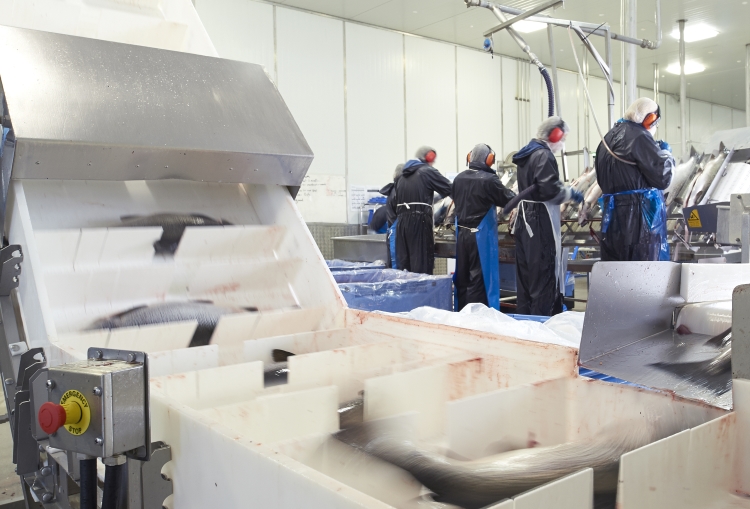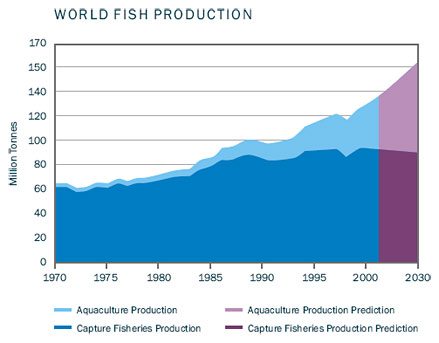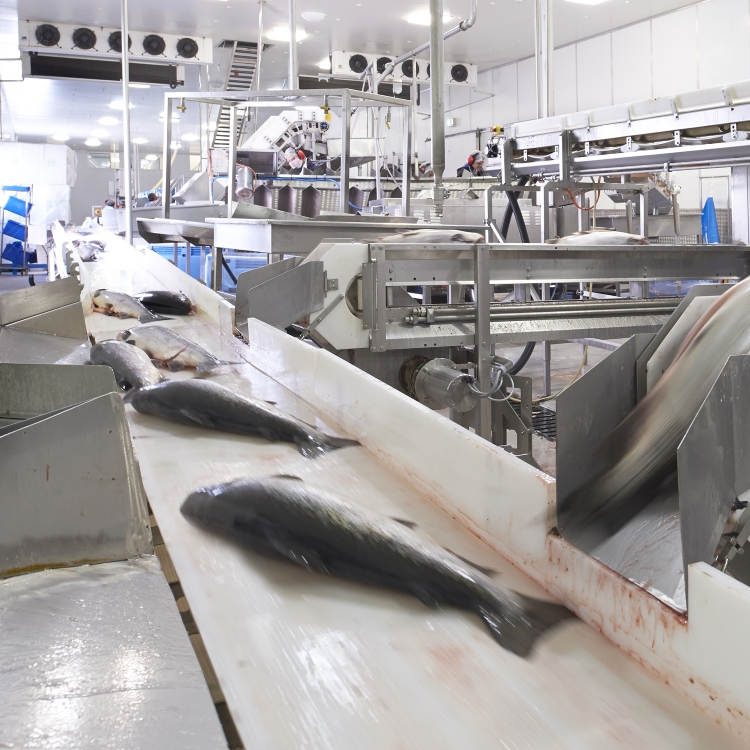Australia needs highly efficient processing facilities to ensure the seafood industry is positioned to take advantage of the World’s rapidly growing appetite for fish delights.
Global seafood consumption has increased by 26% over the last 15 years with expectations that this level of growth will be sustained over the next 10 years at least. With beef or lamb being the protein of choice for many barbequing Australians it may come as a surprise that seafood is in fact the most consumed animal protein in the world.
By 2030, it is expected that up to 40 million tonnes of additional seafood products will be required to meet the demands of growing populations, including those who perceive seafood to play an important part of a healthy diet.
With global demand for seafood likely to be 150-160 million tonnes by 2030 and wild catch only 80-100 million tonnes, a shortfall of 50-80 million tonnes will need to be fulfilled through aquaculture.1 At an average annual growth of nine per cent since 1970, aquaculture globally has already seen the largest growth of any food production system across all food groups and this growth rate will have to significantly increase to meet the consumer demand in 2030.
This increasing demand, coupled with the stringent quality standards from export authorities, supermarkets and overseas food service destinations will mean that processing facilities will have to be of the highest standard. The Australian seafood industry is highly regulated with a reputation for producing world class seafood products.
For this reason, overseas markets will look to Australia to satisfy their requirements. Australia is well placed to contribute to the increasing domestic and global demand for seafood through aquaculture, particularly to the growing urbanised, middle class populations of Asia who have already shown they are ready to experience premium products from Australia.
Efficiencies needed
Labour: High labour costs in Australia (sixth highest in the world) mean that facilities and processes will need to be extremely efficient to ensure that Australian companies are competitive and able to take advantage of this growing market.
Facilities: To achieve optimum efficiency, facilities need to be designed around the process with the future in mind and be expandable and adaptable to ensure they meet the changes in the market place.
Economies of scale should be achieved where possible with consolidation of multiple sites and through mergers and acquisitions. Consolidated facilities will need to be strategically located and designed to accommodate multiple product lines, so access to site selection expertise will be critical.
Plant efficiency: Improving overall plant efficiency is often the largest contributor to lowering the cost of production. Solutions are readily available to improve efficiency around energy consumption, refrigeration, and waste water management. Bio gas recovery projects and cogeneration can provide a useful source of energy to either fuel boilers, by creating steam and hot water, or generating electricity. Often, federal government initiatives are available that will financially contribute to such projects. Increased efficiency can be achieved through process optimisation by creating linear and continuous process flow, eradicating double handling and in doing so improving product quality.
Production space is where the most value is added to products and where processors can maximise their margins, and must be optimised to allow for new products and market growth. Non-productive spaces such as corridors are expensive real estate with little return on investment and should be minimised. Product should flow from one production space to another without the need for corridors.
Where possible, automation in process and packing can reduce labour costs. The latest development in collaborative robotics means that cost-effective robotic units will be accessible to even smaller processors and be relocatable to different parts of the process when required and programmable for multiple tasks in different locations.
Waste removal automation is already available and should be considered in more cases, removing the need for waste bins in the production space and reducing the labour required in transporting them around.
Process design: Process design should be centred on improving yield, quality and productivity and managed using manufacturing execution systems. By adopting this approach, waste should be minimised although additional value can be created through by-product processing, if the volumes and market prices support it.
To meet the increasingly stringent quality and hygiene requirements, process segregation will be of paramount importance to achieve complete separation between processes such as raw/cooked, fresh/smoked and allergen/non-allergen with corresponding segregation of waste streams. This will include the need for separate staff entry and design considerations such as walkways that allow visitors to view all production areas without having to go through multiple staff entry changing regimes. These design elements will best align processors with the latest international requirements of important customers.
Standards: To be competitive in the global market, processors will need to conform to the standards of supermarket quality audit procedures and industry recognised bodies such as AQIS, BRC, etc. The design process for facilities and processes is critical in successfully accommodating these standards.
Australian processors who embrace change and the need for efficiency will be on the front foot in rising to the challenge of this growing market. Creating efficiency in food facilities and processes requires specialist knowledge and experience to ensure that improvements meet market demands, ROI criteria and help future proof the business.
Partnering with a specialist provider who delivers custom efficiency solutions to the food industry on a daily basis will provide seafood processors with certainty that their investment will produce outcomes that exceed expectations and elevate their operation to one that helps lead the industry into this food frontier of the future.
Contact Wiley to talk about how you can grow your aquaculture facility today. connect@wiley.com.au
References:
1 Agriculture: Towards 2015/2030. Food and Agriculture Organization of the United Nations. 2002.
ftp://ftp.fao.org/docrep/fao/004/y3557e/y3557e00.pdf
http://www.agriculture.gov.au/fisheries/aquaculture/the_aquaculture_industry_in_australia
http://www.aquaculture.ca/files/opportunity-expansion.php





